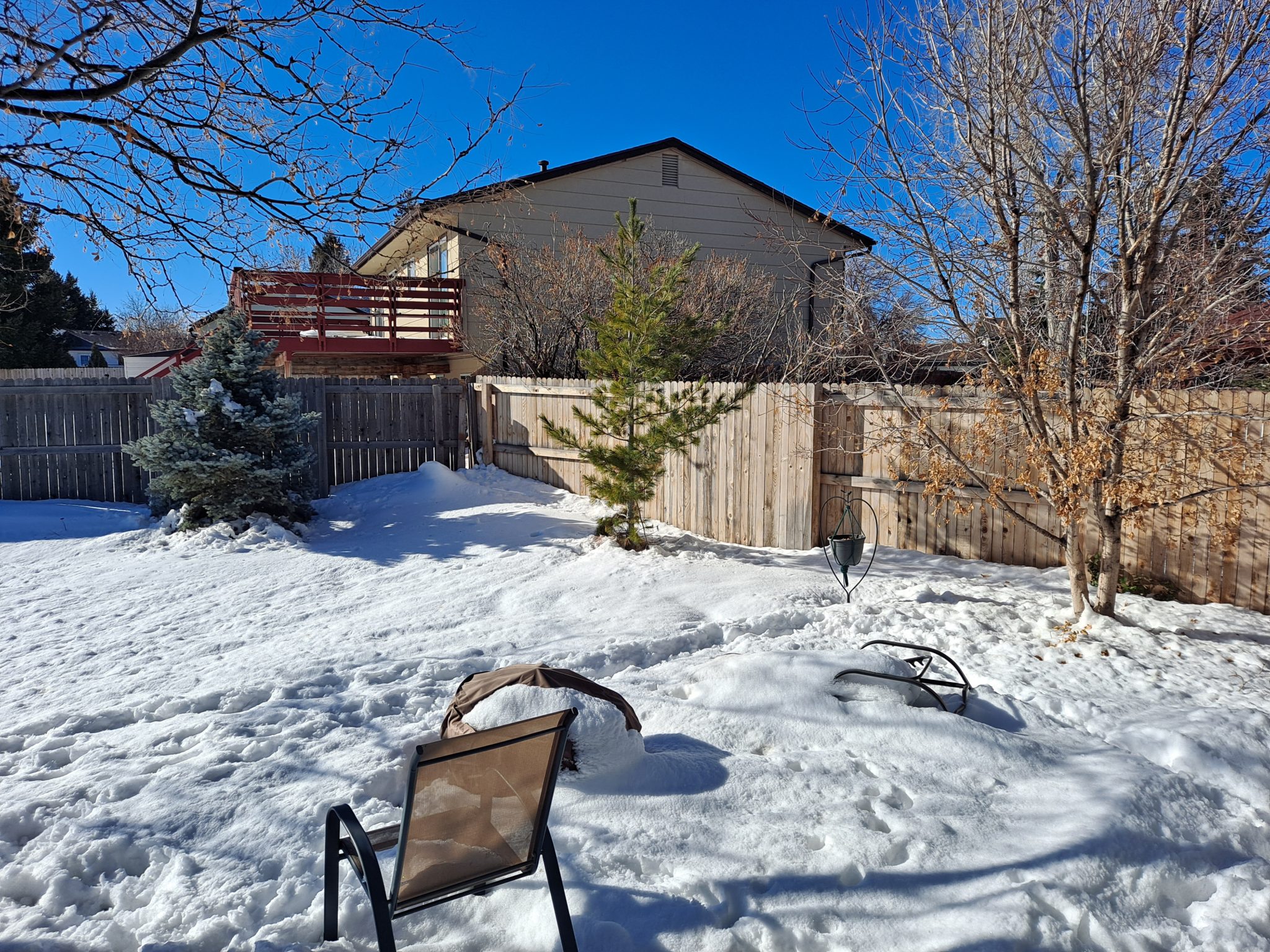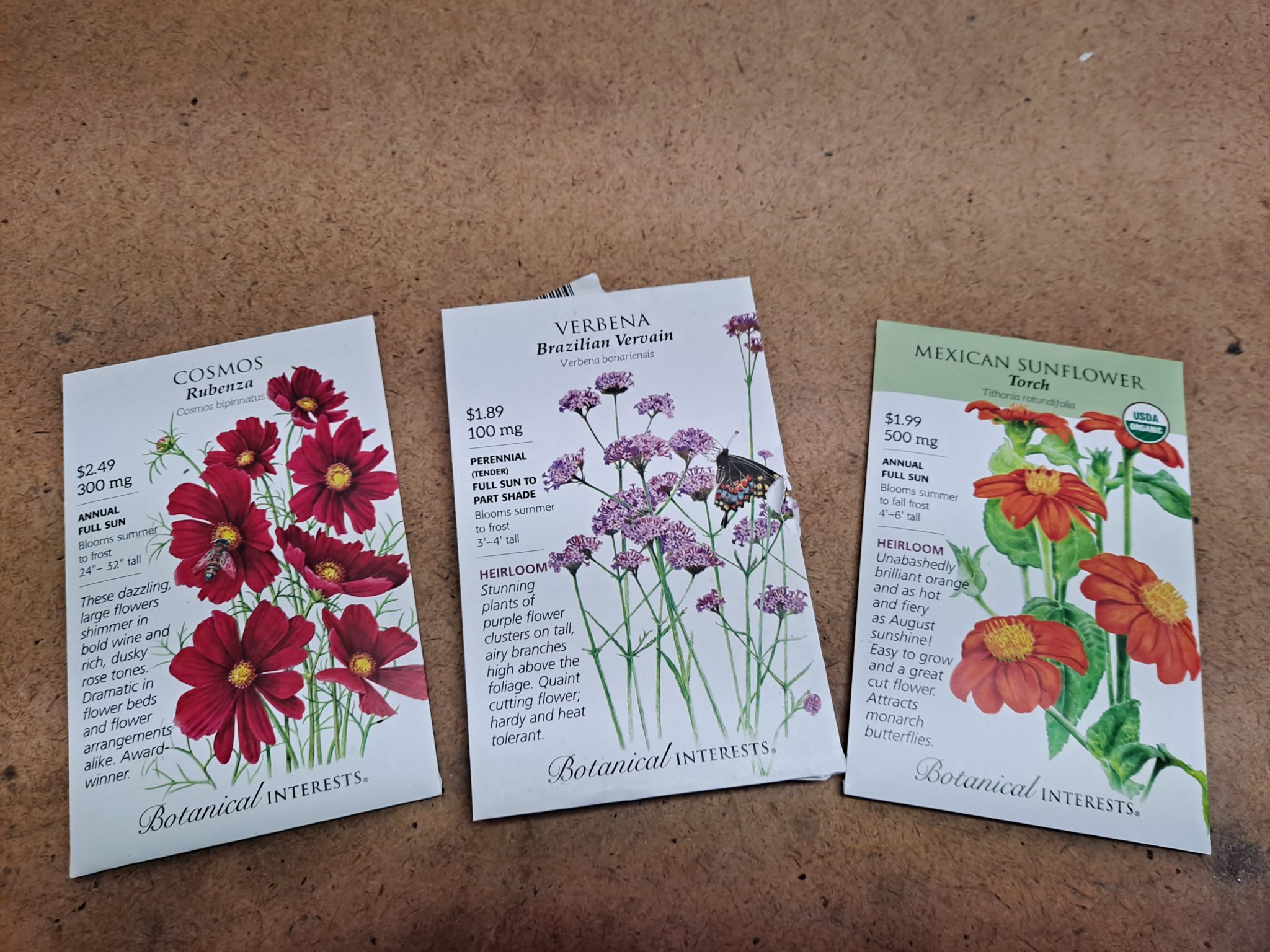Spring has finally returned! The days are longer than the nights, the sunlight is more intense and life is finally returning to the garden. It’s time to get out there and do some gardening!


Oh.
Well, crap.
Such is the nature of spring; one day it’s sunny and warm and the next day you’re shoveling out from almost 2 feet of snow. If one is going to garden, then one must learn to roll with the punches.
While I have been waiting for conditions more conducive to gardening to return, I have been busy scheming on what I want to accomplish this year in my little slice of Eden.
Last year I sowed some Love-in-a-mist, California poppies and sunflowers directly into the garden. Sadly, my results were underwhelming. I did ok with the sunflowers, and a few of the Love-in-a-mist germinated, but the poppies were a bust.
This year I am going to try different annuals, and I am going to sow them out in the garden earlier than I did last year.
All of the annuals I am trying this year should reach heights of 4 to 6 feet. I have come to the conclusion that my borders need some taller plants. Most of the perennials in my garden are under 4 feet tall. This tends to make the view a tad monotonous in my view. I am hoping that a few taller plants will give the borders a stronger vertical element, which in turn will force the eyes to slow down and linger over the view.
The advantage of using tall annuals, as opposed to tall perennials, it that if I don’t like the look they provide I haven’t spent a ton of money on a mistake.
While these annuals are fairly tall, they are also fairly “sparse”, which means they shouldn’t overwhelm the borders.

The Cosmos is usually a fairly easy annual to grow, and I’ve had luck with them in the past. It should start blooming, if all goes well, in mid-summer. I chose ‘Rubenza’ because I want to add more red to the garden.
Tithonia, or Mexican Sunflower, will hopefully provide a pop of orange and yellow in late summer. I’ve never tried growing this annual before, so I have not idea what to expect.
The Verbena is also a new annual for me, and this one looks like it might be a little more involved than the other two. The seed packet recommends that I stratify the seeds, which means sticking them into the fridge for 2-4 weeks before sowing them. The instructions also say to sow them a few weeks before the average last frost date, unlike the other two which suggest sowing after the last frost date. The average last frost date in my area is usually early May, but most Colorado gardening experts recommend waiting until Mother’s Day before putting tender plants out.
I’ll probably look for potted versions of these annuals at my local nurseries to supplement the seed sowing, so as to improve the odds of succeeding.
Stay tuned for updates and wish me luck.

